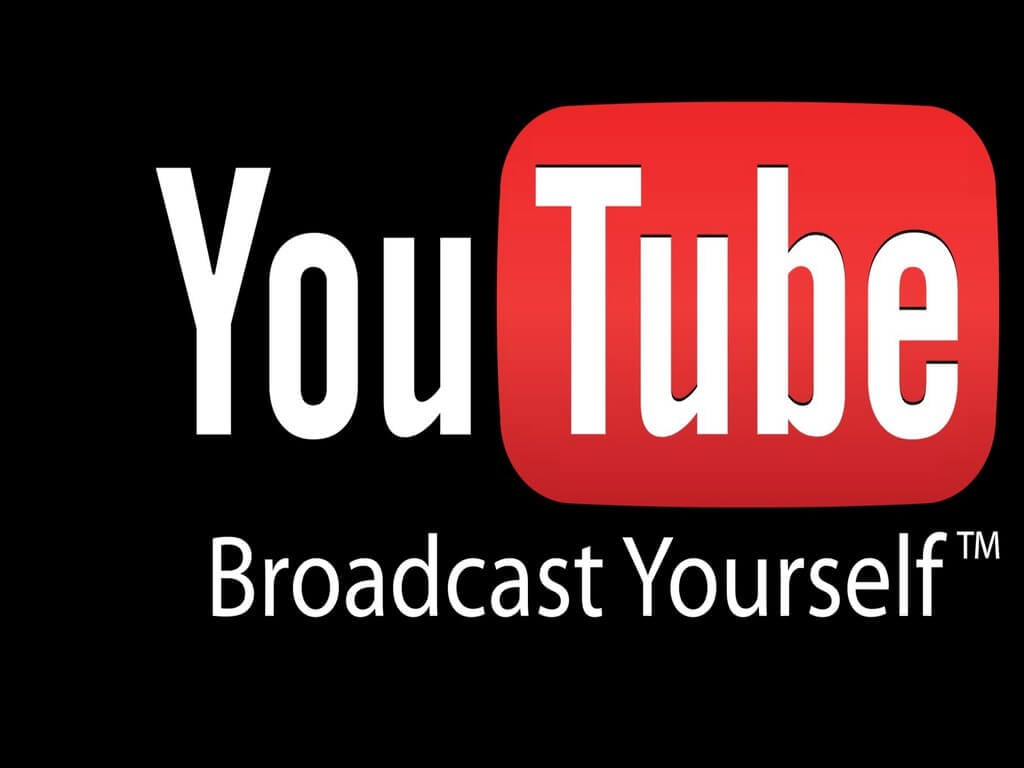Generating YouTube Traffic for Your Healthcare Practice
Did you know that 18-49-year-olds watch more YouTube than any broadcast or cable network combined? In fact, it is estimated that by the end of 2024, video content will account for 82.5% of all online traffic. It’s obvious—video is one big way to reach potential patients.
So you’ve made a high-quality health-related video and uploaded it to YouTube. Now what? How do you get people watching it? According to YouTube, tagging is one of the most effective ways to boost the ranking of your video in YouTube search results. After creating a video you want to put on YouTube, video tags will help your patients find your videos online. Many people are familiar with tagging their blog posts, but some don’t realize that you can tag your videos as well. This will ensure current and potential future patients and search engines locate your channel and videos easily and is by far the best way to give your practice and videos maximum online exposure.
A quick background on keywords
When users search for a practice online, they may pick a phrase such as “best pediatrician in Oakland.” That phrase are your keywords. Come up with a list of keywords or phrases that a patient might search for and incorporate that as tags for your video. Doing so will ensure that your video will populate within their search results. Even more effective in ensuring that your practice pops up before competitors is incorporating unique and creative keywords, as after your prospects view one of your videos, any other videos you may have created that include those same unique keywords will auto-populate immediately as suggested videos to watch.
This will keep your viewers engaged and on your site learning more about your practice, product, and services.
For a quick overview of some simple action steps you can take to get started and maximize your YouTube marketing efforts, start with some video basics.
How do I tag my videos in order for them to be found?
Here are a few steps to successfully tagging your videos:
- Create default tags– These are keywords that relate to your brand, such as channel name, tagline, what industry you are in, and general terms related to your services.
- Video specific tags– These are words that sum up the topic or content in your video and not covered in your default tags.
- Don’t use misleading tags– If you get people to your page this way, it will jack up your bounce rate as people quickly leave, realizing you misled them. Be straight-up. It will create better long-term success.
- Don’t use misspelled or synonymous keywords– Don’t waste valuable tags by including misspellings–Google already uses search conventions that will locate your videos regardless of keywords being spelled incorrectly.
- Use YouTube’s suggested keyword tags– YouTube suggests keywords based on what other people are typing in to find similar videos. Trust them and use them!
- Use the same tags your competitors are using– This just makes sense, so do it.
- Include metadata – Ensure your video’s metadata, including video title, description, and relevant tags, accurately reflects the content and keywords you are targeting.
There are different schools of thought about how to tag your videos, but for a trusted, reliable approach and for optimal tagging results, refer to YouTube SEO: How to Rank YouTube Videos.YouTube can be an incredibly effective digital marketing tool if you use it wisely. Implementing good tagging and SEO strategies will improve your ranking in the mad YouTube search for health information about products and services and assist you in creating successful relationships between multiple videos, which is the key to an effective YouTube presence. Don’t forget to link your video to your website and all social media platforms for the best success!
Ready, set, video!



